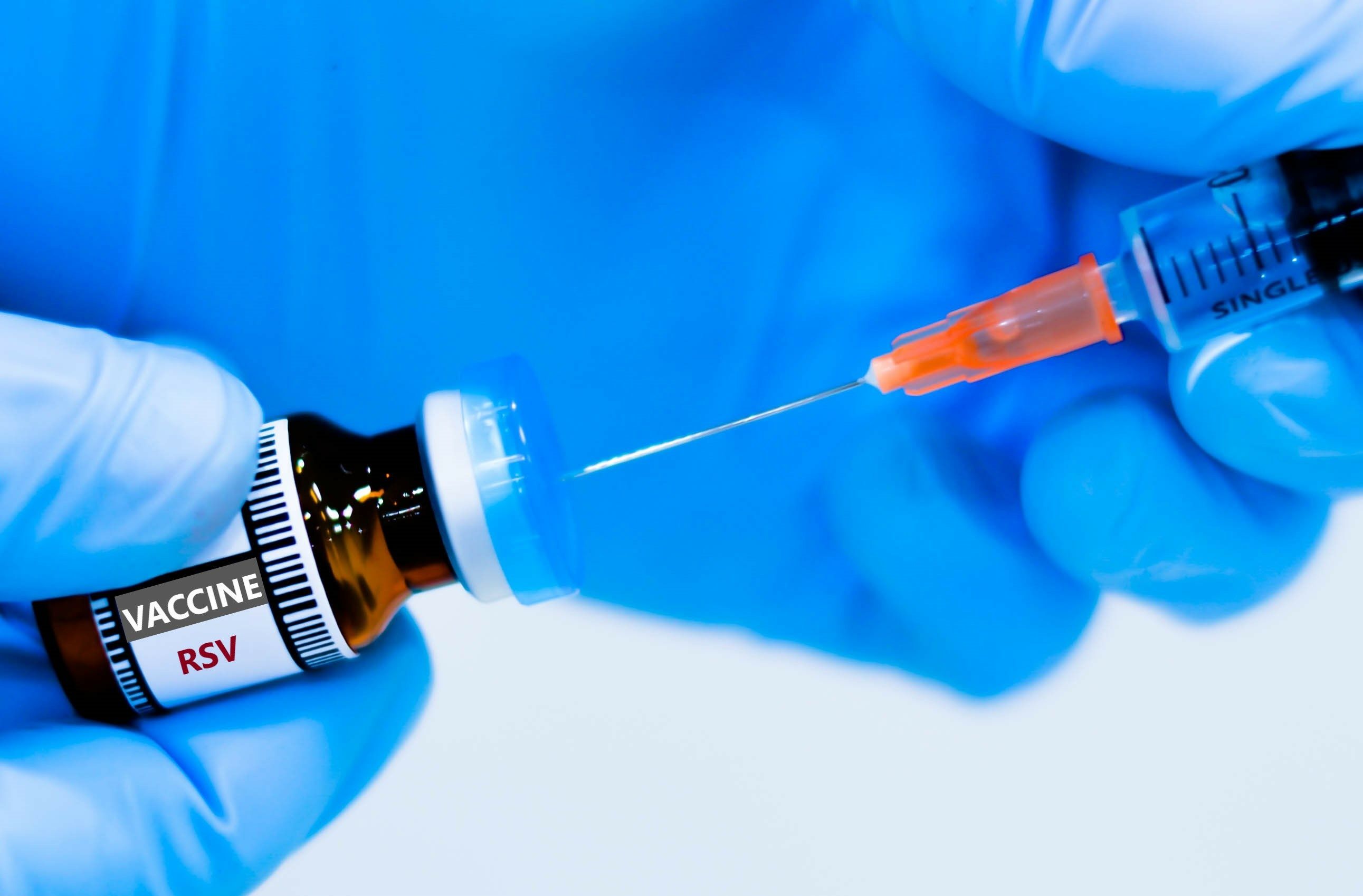News
Article
BPA Exposure May Increase Risk of Mortality in Adults With Hyperlipidemia
Author(s):
Key Takeaways
- Urinary BPA is positively associated with hyperlipidemia and increased all-cause mortality risk in adults with hyperlipidemia.
- The study analyzed NHANES data, involving 8983 participants, with 6317 diagnosed with hyperlipidemia.
Bisphenol A (BPA) is a chemical compound that is linked to various adverse health effects.
Researchers have identified a positive association between urinary bisphenol A (BPA) and hyperlipidemia, observing a significantly higher risk of all-cause mortality in adults with hyperlipidemia. The findings were based on data from the National Health and Nutrition Examination Survey (NHANES) from 2003 to 2016.
The findings indicate a positive correlation between urinary BPA and risk of hyperlipidemia, as well as a significantly higher mortality risk in adults with hyperlipidemia. Image Credit: © AkuAku - stock.adobe.com

Approximately 53% of adults in the United States have hyperlipidemia, typically resulting from poor diet, drinking, smoking, and inactivity. Hyperlipidemia is characterized by the elevated concentration of total cholesterol, triglycerides, low-density lipoprotein (LDL), and/or high-density lipoprotein and is a known risk factor for cardiovascular diseases. There are 2 types of hyperlipidemia: primary, or familial, which is genetic; and secondary, or acquired, which originates from unhealthy lifestyle behaviors.1,2
BPA is a chemical compound commonly used in the production of plastics and epoxy resins, present in everyday products such as toys, food storage containers, reusable water bottles, or building materials since the 1950s. Despite the body’s ability to rapidly metabolize BPAs, the potential cumulative exposure raises concerns about long-term health implications of its accumulation in tissues and organs. BPA contains hormone-like properties that allow it to bind to estrogen and androgen receptors, potentially resulting in female and male fertility complications. Additionally, its interaction with GPR30 may contribute to negative effects on metabolism.3
In a prior study, researchers investigated the correlation between serum BPA concentration and the risk of incident dyslipidemia in Chinese adults, revealing a positive association between serum BPA levels and an elevated risk of hypertriglyceridemia. Additional studies have identified potential interactions between BPA and dyslipidemia; however, a clear connection between BPA and hyperlipidemia has yet to be established.2
In an analysis of NHANES, a cross-sectional program meticulously crafted to assess the overall health and nutritional status of the United States population, researchers aimed to investigate the relationship between urinary BPA and hyperlipidemia, as well as its impact on mortality. They performed multivariable logistic analyses to examine the link between the 2, and cox regression analyses to evaluate urinary BPA and all-cause mortality in subjects with hyperlipidemia. The urinary BPA levels were analyzed in 3 tertiles.2
The study included 8983 participants, of whom 6317 were diagnosed with hyperlipidemia. According to the data, urinary BPA was higher in participants with hyperlipidemia than those without hyperlipidemia (3.87 ± 0.32 vs. 2.98 ± 0.14, P = 0.01). Compared with the lowest tertile of urinary BPA, the odds ratio for hyperlipidemia in the highest tertile was 1.28 (95% confidence interval: 1.11–1.48). Among participants with hyperlipidemia, the hazard ratio for all-cause mortality in the highest versus lowest tertile of urinary BPA was 1.20 (95% confidence interval: 1.01–1.44; P = 0.04).2
The findings indicate a positive correlation between urinary BPA and risk of hyperlipidemia, as well as a significantly higher mortality risk in adults with hyperlipidemia. The researchers suggest that minimizing BPA exposure, through methods such as only using BPA-free plastics, may be a viable strategy for prevention and decreased mortality risk.





